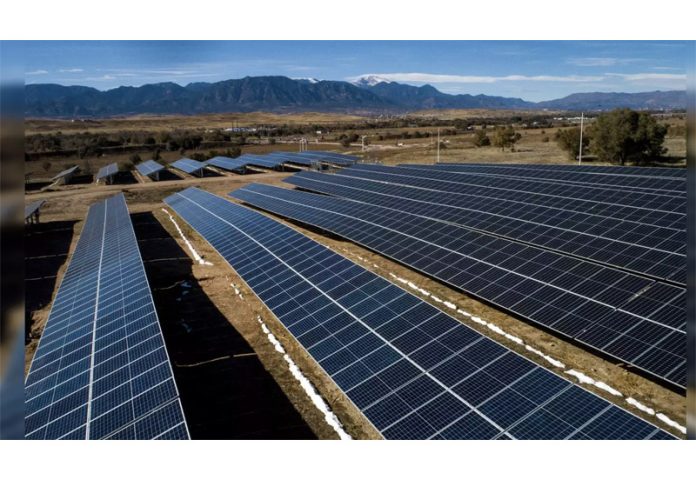Prime Minister Narendra Modi recently extolled the country’s ambitious journey toward becoming a global leader in renewable energy. India’s rapid journey towards becoming a solar energy powerhouse is one of the most significant transformations in its modern history. What began as a policy response to energy shortages and environmental concerns has evolved into a nationwide solar revolution capable of reshaping the country’s economy, its energy landscape, and its global standing. With the country investing heavily in solar power, India’s solarisation is poised to drive drastic changes across sectors, with profound implications for sustainability, economic growth, and social equity.
India’s solar revolution set an initial goal of generating 20 GW of solar power by 2022. The country surpassed that target and went on to increase its aim to 100 GW of solar capacity by 2022, an indicator of how quickly solar energy gained traction. The rise of solar power in India has been driven by a combination of factors. With vast stretches of land receiving abundant sunlight throughout the year, India is uniquely positioned to harness solar power. In addition, the rapid decline in the cost of solar photovoltaic technology, combined with supportive Government policies, has made solar power increasingly competitive with traditional fossil fuel sources.
Under Prime Minister Narendra Modi’s leadership, India launched the International Solar Alliance (ISA), a global coalition of 121 countries committed to promoting solar energy. This effort has placed India at the forefront of the global solar movement, enhancing its geopolitical influence while furthering its domestic energy goals. The shift toward solar energy is expected to create millions of jobs across the value chain, from manufacturing solar panels and equipment to the installation and maintenance of solar infrastructure. According to a report, India can generate more than 3.3 million jobs in the renewable energy sector by 2030, with the majority of these coming from solar energy. Solar energy projects, particularly in rural areas, can stimulate local economies by providing employment and creating new opportunities for entrepreneurship.
Moreover, India’s reliance on expensive imports of fossil fuels has long been a drag on its economy. By ramping up domestic solar energy production, India can free up Government resources that would otherwise be spent on subsidising fossil fuels, allowing more investment in infrastructure, healthcare, and education. Additionally, India is the world’s third-largest emitter of greenhouse gases, and its growing energy demand has long challenged global climate efforts. By shifting toward solar energy, India can significantly reduce its carbon footprint and contribute to the global fight against climate change. The large-scale deployment of solar power could help India meet its international climate commitments to achieve net-zero emissions by 2070 and generate 50 percent of its energy from renewable sources by 2030.
Solarisation also has profound social implications, particularly for rural and underserved communities. Millions of people in India still lack access to reliable electricity, and many more experience frequent blackouts. Solar energy offers a solution to this problem by providing a decentralised, off-grid source of power that can reach even the most remote areas. Access to affordable, reliable electricity can transform rural economies. Schools can stay open longer, hospitals can run essential medical equipment, and farmers can use solar-powered irrigation systems to increase their yields.
Despite its many advantages, India’s solar revolution faces several challenges. One of the key hurdles is financing. Another challenge is land acquisition. Solar farms require large land areas, and finding suitable sites that do not conflict with agricultural activities or biodiversity conservation efforts can be difficult. Additionally, solar power is intermittent, meaning it can fluctuate based on the time of day and weather conditions. Ensuring that the grid can handle these fluctuations while maintaining a stable supply of electricity will require investments in energy storage and smart grid technologies. However, the transformation is already underway, with the potential to reshape India’s landscape, economy, and global standing.
Trending Now
E-Paper


